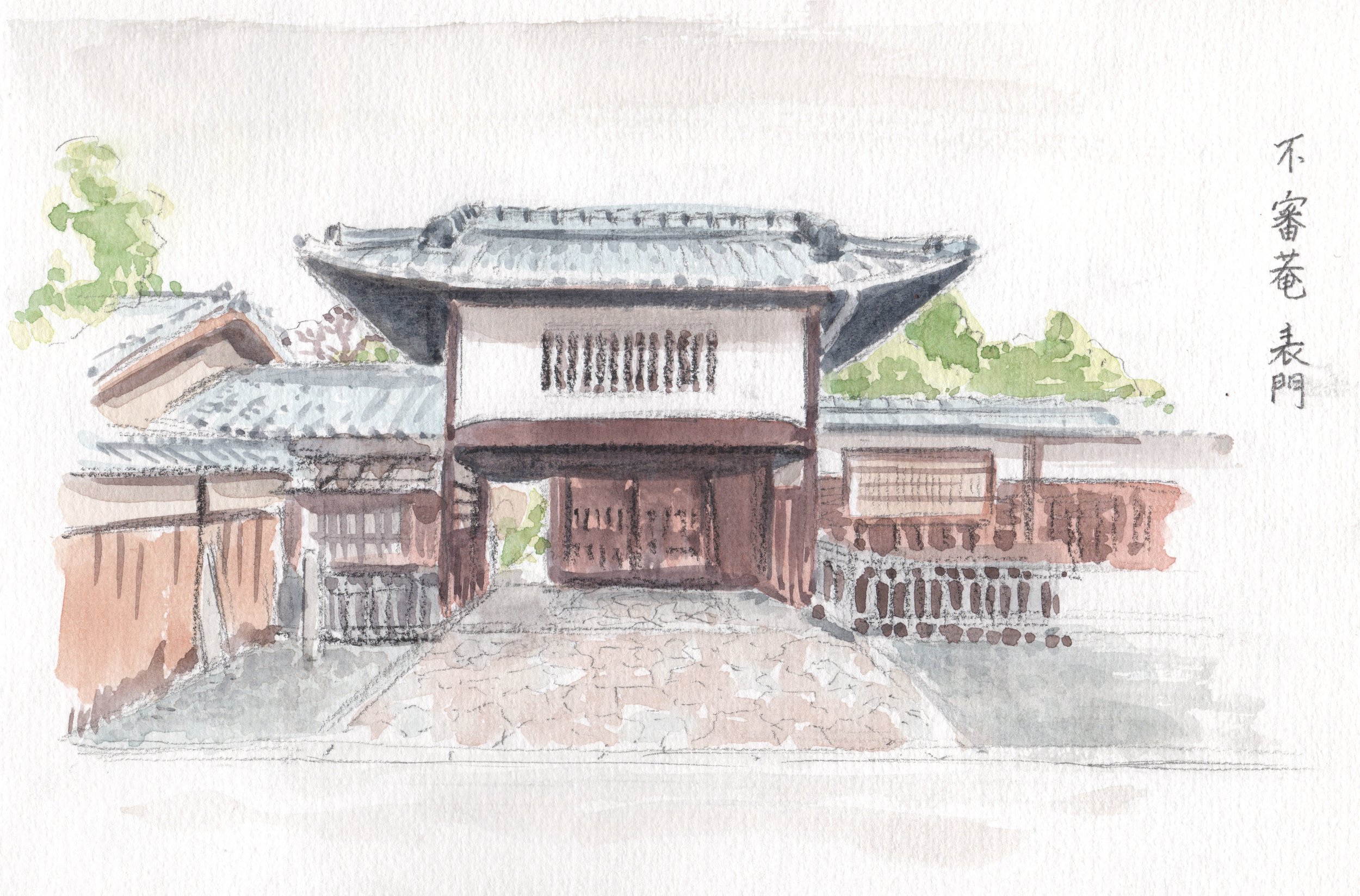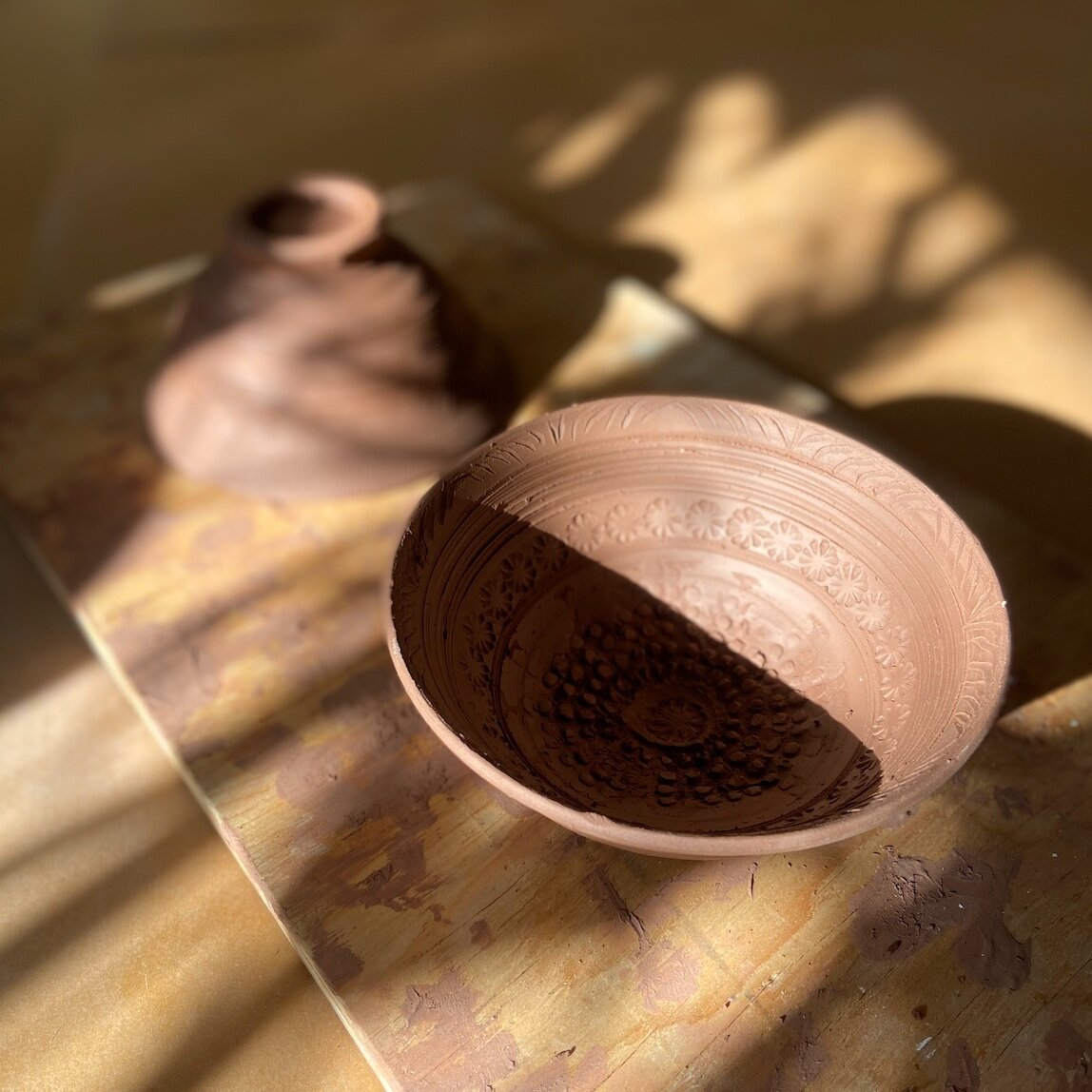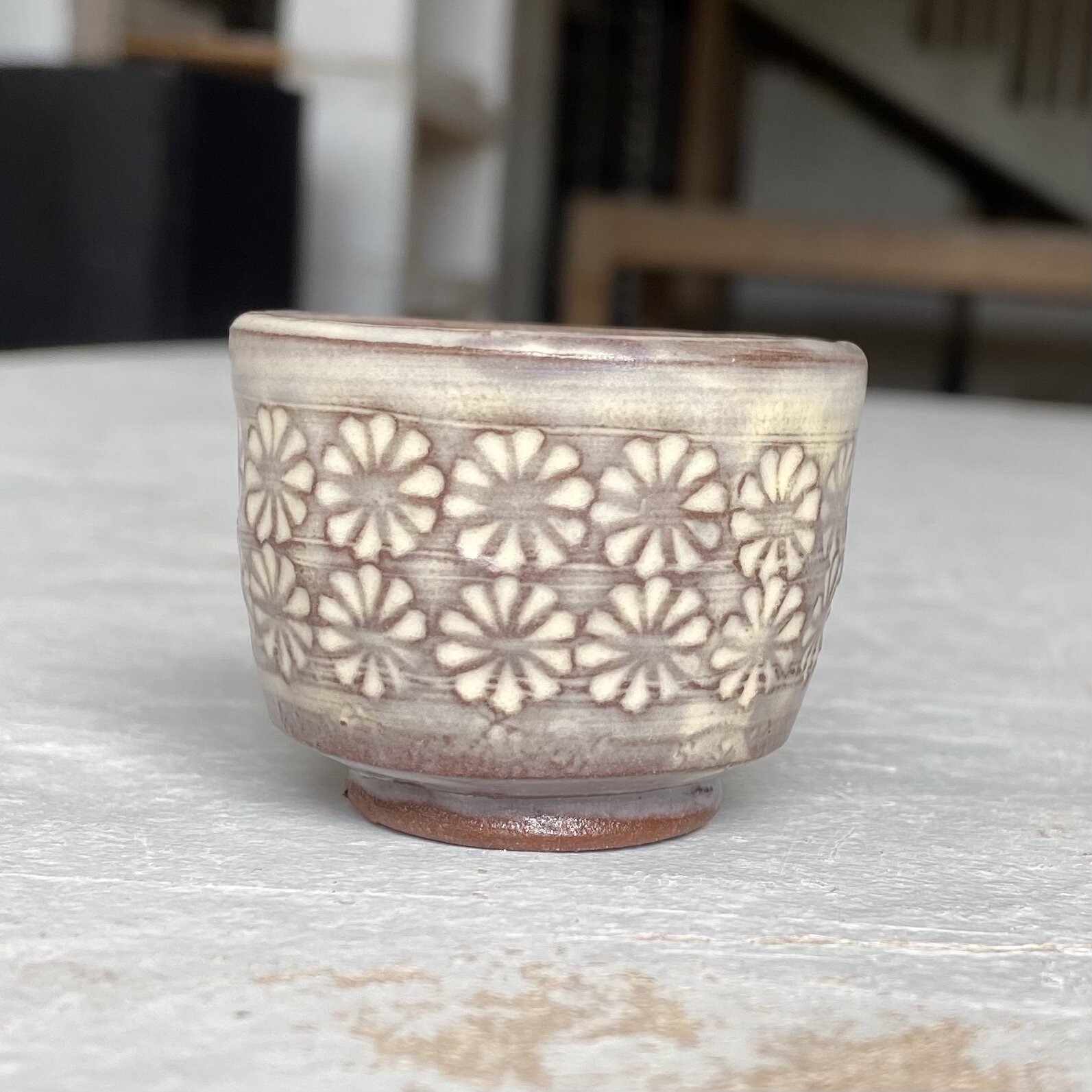
Bio
Noah Haruki is a Japanese Canadian artist seeking to connect with his heritage through art. In both painting and ceramic art, Noah uses traditional mediums and techniques to produce works with a strong sense of classical Japanese aesthetics.
Ceramics
Noah’s ceramic art focuses on the traditional mishima slip-inlay technique. The stamped patterns have a rustic charm that embody wabi-sabi principles. This type of ceramic decoration has a long history in Japan and Korea and has been revered by tea masters for centuries. Noah uses local Canadian clays and often incorporates motifs inspired by local wildlife and nature.




Notes on Crackled Glaze
-
There are many concerns surrounding crackled glazes on functional dish-ware. Namely that bacteria can grow in the cracks, cracks can cause leaching of harmful chemicals used in the glaze, and cracks make the ware far more breakable.
Realistically, as long as these dishes are not used for long-term storage of food, there should be no issue with bacteria. Especially since most of my work is designed to be used for beverages, there is no threat of bacteria getting into your drink and making you sick.
I mix all of my own glazes and can confirm that there are no harmful materials that will leach from the glaze into your food/drink.
Crackling undeniably reduces the strength of a ceramic piece. Therefore, it is important to handle these works with care. Crackled ceramics should only be washed by hand. I also recommend to not use these in the microwave.
-
Although many potters now consider crackling and crazing in glazes to be a defect, crackling can also be a beautiful surface decoration. In China, Korea, and Japan, craquelure is very highly valued in ceramic pieces and especially sought after by tea lovers.
As crackled tea ware is used, the dark tannins from the tea accumulate in the cracks of the glaze and darken. This slow, natural change is referred to affectionately as “raising” the tea-ware. The more a piece is used, the more beautiful it becomes. The changes seen in the tea-ware are symbolic of changes observed in nature.
-
All art prints sold here are made using high quality 100% cotton Hahnemühle paper and pigmented archival inks. These gicleé prints have a beautiful subtly textured matte surface.
-
It is recommended to frame these prints with a mat to keep the print off of the glass. The border around the print will give ample space to mount the print with acid free tape to the backboard or back of the matt without coming near the print its self.
It is recommended that the print only be taped at the top (not sides and bottom) to allow for natural expansion and contraction of the paper as humidity levels fluctuate.


